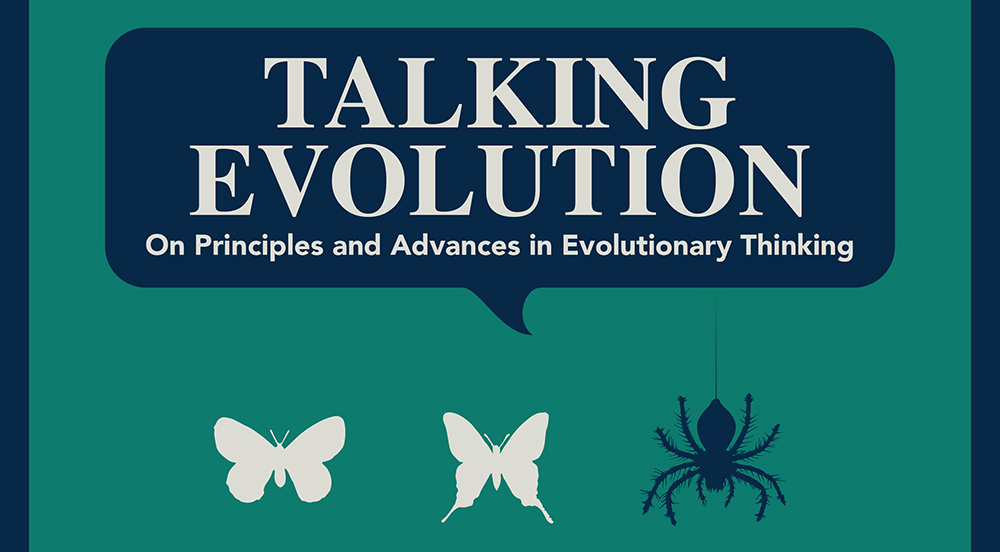Speaker
Description
Programmed cell death (PCD) increases the fitness of multicellular organisms via tissue homeostasis and organismal development. In unicellular organisms, however, PCD takes on additional evolutionary significance because the cell is the organism. Here, the definition of ‘true’ PCD in unicells as “an adaptation to abiotic and biotic environmental stress” is adopted and justified with empirical data. The evolution of the other forms of death, ersatz PCD and incidental death, are not dealt with. The evolutionary ecology of PCD in microbial communities will be presented from three perspectives. First, the published theoretical and empirical data for the evolution of PCD as a group or kin level phenomenon will be reviewed. These data come from a diverse range of single celled eukaryotes including Saccharomyces, Chlamydomonas, Dictyostelium, Leishmania and Peridinium species and the prokaryotes Escherichia and Streptomyces. Second, the previously unexplored perspective of PCD evolution by niche construction will be presented. Data from Dunaliella salina and Halobacterium salinarum demonstrate that D. salina significantly modifies the microenvironment via PCD. The environmental modification has a positive fitness impact on both D. salina and a naturally co-occurring archaeon H. salinarum. The simplified criteria for evolution by niche construction are met, however, there is a caveat. It will be claimed that an interpretation of the evolution of PCD by niche construction still requires cooperation between individuals such that there is selection at the group or kin level. Third, the marked plasticity of the PCD phenotype is associated with the evolution of alternate life history strategies. In some instances, one variant of the PCD trait is associated with a multicellular-like life cycle. This is the case in Streptomyces and Dictyostelium species. In others, the induction of sexual reproduction in unicellular and multicellular volvocines appears to be an alternate response to PCD. The plasticity of the PCD stress response may lead to a number of phenotypes within a clonal population, including programmed death, cell-cycle arrest, encystation and sexual reproduction. The three perspectives discussed here (group selection, niche construction and phenotypic plasticity) will illustrate alternate contextual approaches to investigating the complex phenomenon of PCD in microbial communities.

